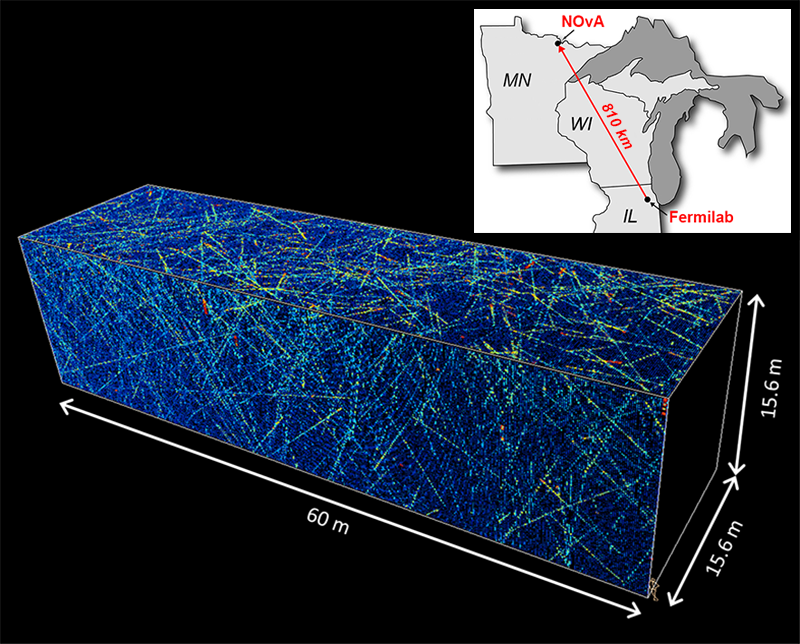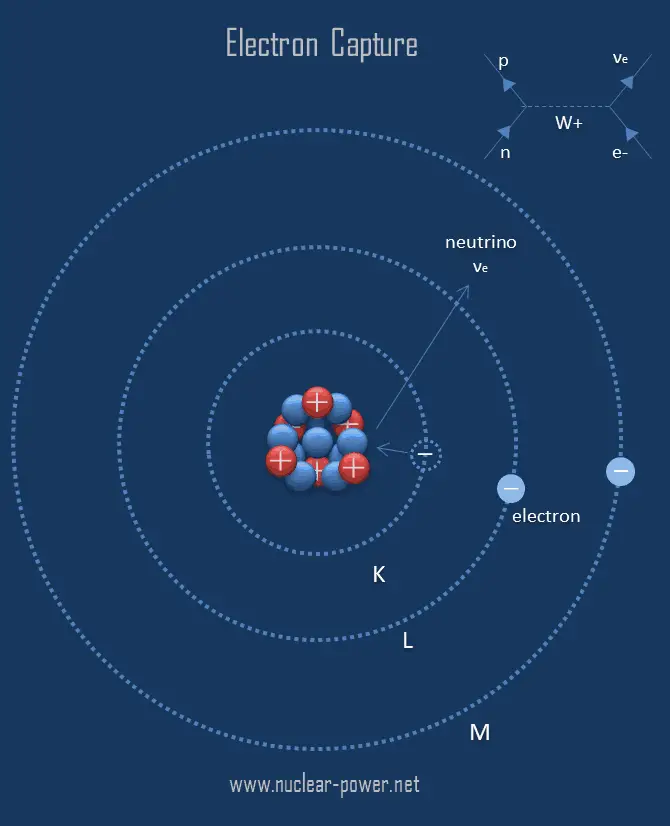

#Neutrino definition zip#
If a high-energy neutrino knocks into an electron, the electron will zip through the water faster than light. We know light slows down as it moves through the water. Thus, they were previously known as ‘ghost particles.’ A Common Method of Detecting Neutrinoįirst, fill a big tank with water. This spontaneous phenomenon of changing from one flavor to another is known as flavor oscillations. However, as it moves, it morphs into a muon neutrino or a tau neutrino, changing flavors. A particle might start as an electron neutrino. The flavors of neutrino change as its travels. This phenomenon helps scientists identify the flavor neutrino the particle was before it interacted. However, when it interacts, its particles show up. Their neutrino source was a nuclear reactor.Įach neutrino flavor is a fundamental particle that cannot be broken down into smaller particles. (Keep in mind that OPERA claims a difference of neutrino speeds from the speed of light of one part in 100,000, a much, much larger effect, though the measurement involves neutrinos at an energy a few hundred times larger than those from the supernova.Frederick Reines and Clyde Cowan made the first experimental observation of the neutrino interacting with matter in 1956.


(all equations accurate and precise to a one percent or better.) That velocity difference would mean the neutrino-2 part and neutrino-1 part of the original electron-neutrino would both arrive at the earth within a millisecond of each other - a undetectable difference for a variety of technical reasons.

Then their two velocities, remembering that they have the same energy, would differ from the speed of light and from each other by less than a part in a hundred thousand trillion Well, that electron neutrino was a mixture of neutrino-1, neutrino-2 and neutrino-3, each of which traveled with a slightly different speed! Is this something we would have noticed? We don’t precisely know the masses of the neutrinos, but suppose that neutrino-2 has a mass-energy of 0.01 eV (electron-volts see this article for the definition) and neutrino-1 has a mass-energy of 0.001 eV. Think about an electron neutrino emitted from the supernova with an energy of 10 MeV (an MeV is a million eV, or 1/1000 of a GeV read here for the definition of these terms). All the measured neutrinos from the 1987 supernova arrived on earth within about 10 seconds of one another. So, from this formula you can see if two neutrinos have different masses m 1 and m 2 but the same very large energy E, then their velocities will differ by a tiny amount. Where the dots mean that this formula isn’t exact but is an extremely good approximation for E very large. If the particle has very high velocity and its total energy E is much, much larger than its mass-energy mc 2, then Recall the raised 1/2 means “take-the-square-root”. The speed v of a particle in Einstein’s relativity can be written in terms of the particle’s mass m and energy E and the speed of light c as These fermions then react because of weak interaction and. The question addressed here is the following: if a single weak-type neutrino with a definite energy E is a mixture of three mass-type neutrinos (so it does not have a definite mass), why is it that the three mass-type neutrinos travel at different speeds? The neutrino can be defined as an elementary subatomic particle with no charge and 1/2 unit spin.


 0 kommentar(er)
0 kommentar(er)
